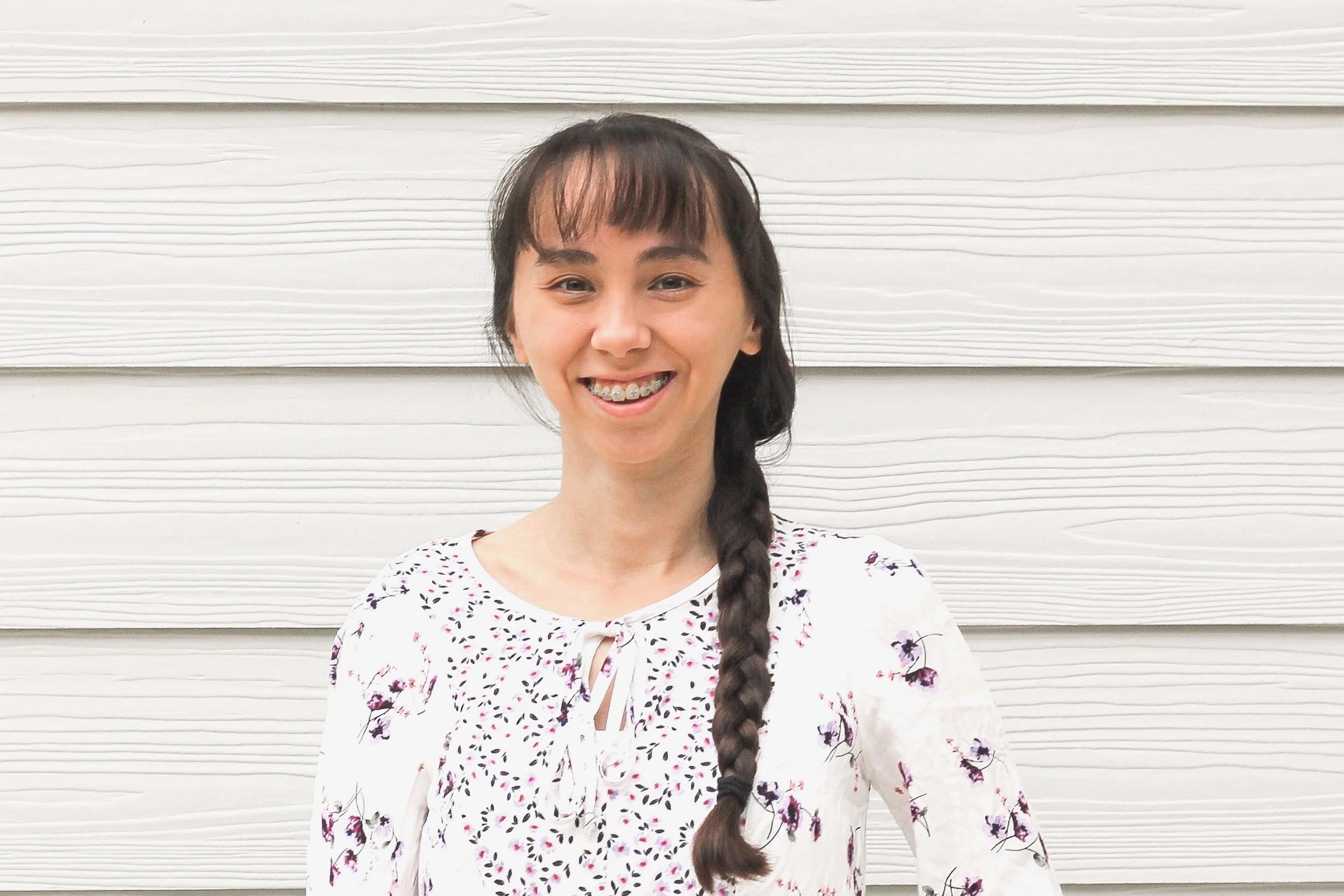Movement and music is an essential part of a music therapy session. It is an intervention used to increase self-regulation skills with individuals of all ages and abilities. According to Kate Williams, an early childhood professor and music therapist, “self-regulation is used as an umbrella term to refer to a range of processes related to the regulation of attention, behavior, and emotions.” The ability to regulate one’s attention, behavior, and emotions is a complex process that begins to develop within the first five years of a child’s life. Many of the clients receiving music therapy services are working towards developing or growing in these areas of regulation. One of the many ways that this is addressed in a music therapy session is through the incorporation of movement or dance interventions.
Through the incorporation of movement and dancing, a client is given the opportunity to not only have a creative outlet but also work out any pent-up energy that might prevent them from focusing on more challenging tasks throughout the session. For this same reason, a music therapist might specifically place their movement intervention at the beginning of a session to assist the client in self-regulating through the movement of their body. However, if a client is experiencing overstimulation, or is observed to be struggling to focus throughout the session, the music therapist might switch gears in the middle of a session and move straight into a movement intervention to help the client work towards that self-regulation.
When targeting attention, a uniquely created or already established dance routine might challenge the individual to follow the specific sequences and work towards maintaining sustained attention. To focus on the behavioral side, a music therapist might incorporate drums that allow a client to redirect negative behaviors on an instrument that allows alternating movements between both hands and arms while also providing an extra sensory input of deep pressure against the drum head. When looking to target emotional regulation, a client might follow along to the movements of “If You’re Happy and You Know It” while creating their own dance moves that imitate different emotions they might be feeling or could feel later. Even something as simple as spontaneously dancing along to a client’s favorite song can improve attention, mood, and the ability to express emotions.
Other ideas for movement interventions:
Body percussion
Jumping on a trampoline to their favorite song
Freeze dance or “stop and go” to increase impulse control within a sequence
Creating unique dance moves that match a themed song
Incorporating instruments to play throughout a routine
Drumming on a big floor drum at different tempos to prompt gross and fine motor movements
-Beatriz Leal, Music Therapy Intern
References
Williams, K. E. (2018). Moving to the Beat: Using Music, Rhythm, and Movement to Enhance Self-Regulation in Early Childhood Classrooms. International Journal of Early Childhood, 50(1), 85–100. https://doi.org/10.1007/s13158-018-0215-y
Williams, K. E., Savage, S., & Eager, R. (2020). Rhythm and Movement for Self-Regulation (RAMSR) intervention for preschool self-regulation development in disadvantaged communities: A clustered randomized controlled trial study protocol. BMJ Open, 10(9), e036392. https://doi.org/10.1136/bmjopen-2019-036392






